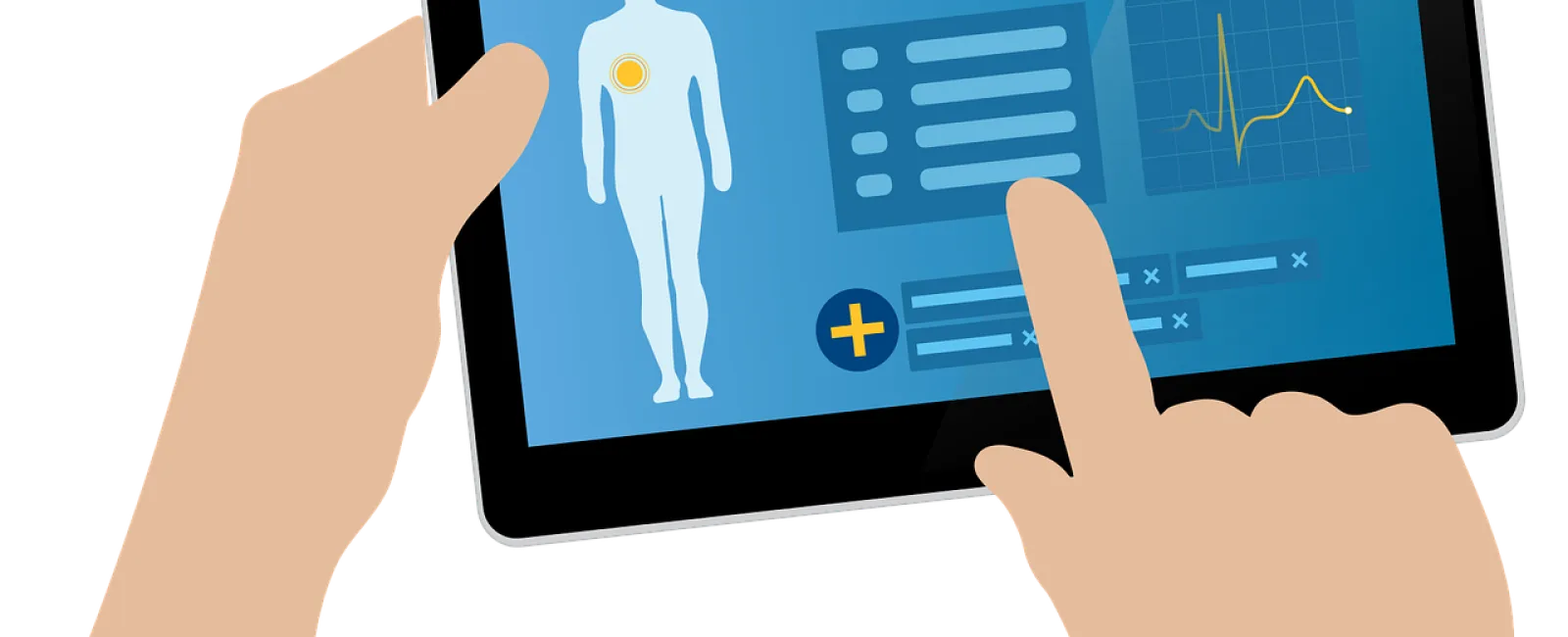Understanding Medication Administration
In an effort to reduce medication errors and harm, healthcare professionals, such as nurses, may utilize the "five rights" of medication administration:
- The right patient
- The right drug
- The right dose
- The right route
- The right time.
These five rights are to be used as goals to remind healthcare professionals to think about procedures when administering medication.
The five rights are easy to remember and are a good starting point for healthcare professionals. Like medication administration, telehealth needs goals to remind us to think about compliance.
Before discussing the essential elements of telehealth compliance, it's important to understand what telehealth encompasses.
Overview of Telehealth Types
Telehealth is a collection of means or methods for enhancing health care, public health, and health education delivery and support using telecommunications technologies. And generally, telehealth includes the following four domains:
- Live Videoconferencing (Synchronous): Live, two-way interaction between a person and a provider using audiovisual telecommunications technology.
- Store-and-Forward (Asynchronous): Transmission of recorded health history through an electronic communications system to a practitioner, usually a specialist, who uses the information to evaluate the case or render a service outside of a real-time or live interaction.
- Remote Patient Monitoring (RPM): Personal health and medical data collection from an individual in one location via electronic communication technologies, which is transmitted to a provider in a different location for use in care and related support.
- Mobile Health (mHealth): Health care and public health practice and education are supported by mobile communication devices such as cell phones, tablet computers, and PDAs. Applications can range from targeted text messages that promote healthy behavior to wide-scale alerts about disease outbreaks, for example.
These four domains were finalized as part of the Telehealth Definition Framework by the Members of the National Consortium of Telehealth Resource Centers to help policymakers, practitioners, payers, and the public understand how to accurately apply the critical components of telehealth.
Provider adoption of telehealth services continues to grow. According to findings from the Hospital & Health Systems 2016 Consumer Telehealth Benchmark Survey, seventy-six percent of U.S. hospitals and health systems either have in place or expect to implement a consumer telehealth program by this year, 2018. It is also estimated that 69 percent of organizations that currently have consumer telehealth services are expected to expand their offerings, while others have said providing telehealth services is a "strategic high priority."
The Five Elements of Compliant Telehealth Services
The rapid growth of telehealth requires us to think about how to comply with laws and reduce risks. If your organization is offering or planning on offering telehealth services, consider the following five elements:
1. Policies and Procedures
Policies and procedures should help your organization, your providers, and your employees make decisions, take the appropriate action, and ensure activities are in compliance with laws. Policies and procedures are essential for making major decisions and actions, and for determining guidelines for an organization's day-to-day activities; this includes providing telehealth services.
2. Scope of Services
What types of services is your practice willing to provide remotely? For example, providing consults, follow-up appointments, and post-op appointments. When establishing your scope of services, it is important to think about the Centers for Medicare & Medicaid Services (CMS) Conditions of Participation. The Conditions of Participation are different for each facility type, so you will want to make sure your telehealth program is in compliance with CMS requirements.
3. Safe Communication Method(s)
The use of information technology, such as video-conferencing, used in compliance with HIPAA requirements, makes it possible to provide healthcare remotely. It is extremely important for your communications to be secure whether creating, transmitting, viewing, or storing information you must meet all HIPAA and HITECH requirements. It is also important to think about the information you are receiving from patients. Will you store the information? Or will the information be scanned into the EMR and then disposed of in a HIPAA-compliant manner?
4. Consent
Your patient must be fully informed of the risks and benefits of telemedicine services and provide their official consent. Once the patient understands, you should maintain documentation of their understanding prior to providing telehealth services. This documentation can be provided by the patient on a form, or you could just document you have explained the risks and benefits, when they were explained, the patient's understanding, and when he or she provided consent.
5. Accurate Documentation
"If you didn't document it, it's the same as if you didn't do it." Anyone who enters anything into a patient encounter must make sure the documentation is detailed, accurate, and thorough. Telehealth is no exception; complete and accurate documentation of the patient's condition is a requirement for good patient care and to ensure proper reimbursement for services provided.
Final Thoughts and Takeaways
While telehealth services are promising and offer many benefits, it is important to be vigilant with compliance activities. A good example of this is a recent U.S. Department of Health & Human Services Office of Inspector General (OIG) announcement.
According to the announcement, their objective was to determine whether CMS paid practitioners for telehealth services that met Medicare requirements. As part of that announcement, they said deficiencies occurred because CMS did not ensure that:
- There was an oversight to disallow payments for errors where telehealth claim edits could not be implemented;
- All contractor claim edits were in place;
- Practitioners were aware of Medicare telehealth requirements.
The OIG recommended that CMS:
- Conduct periodic post-payment reviews to disallow payments for errors for which telehealth claim edits cannot be implemented;
- Work with Medicare contractors to implement all telehealth claim edits listed in the Medicare Claims Processing Manual;
- Offer education and training sessions to practitioners on Medicare telehealth requirements and related resources.
Anyone who has worked with CMS knows where they will look to ensure telehealth requirements are being fulfilled.

